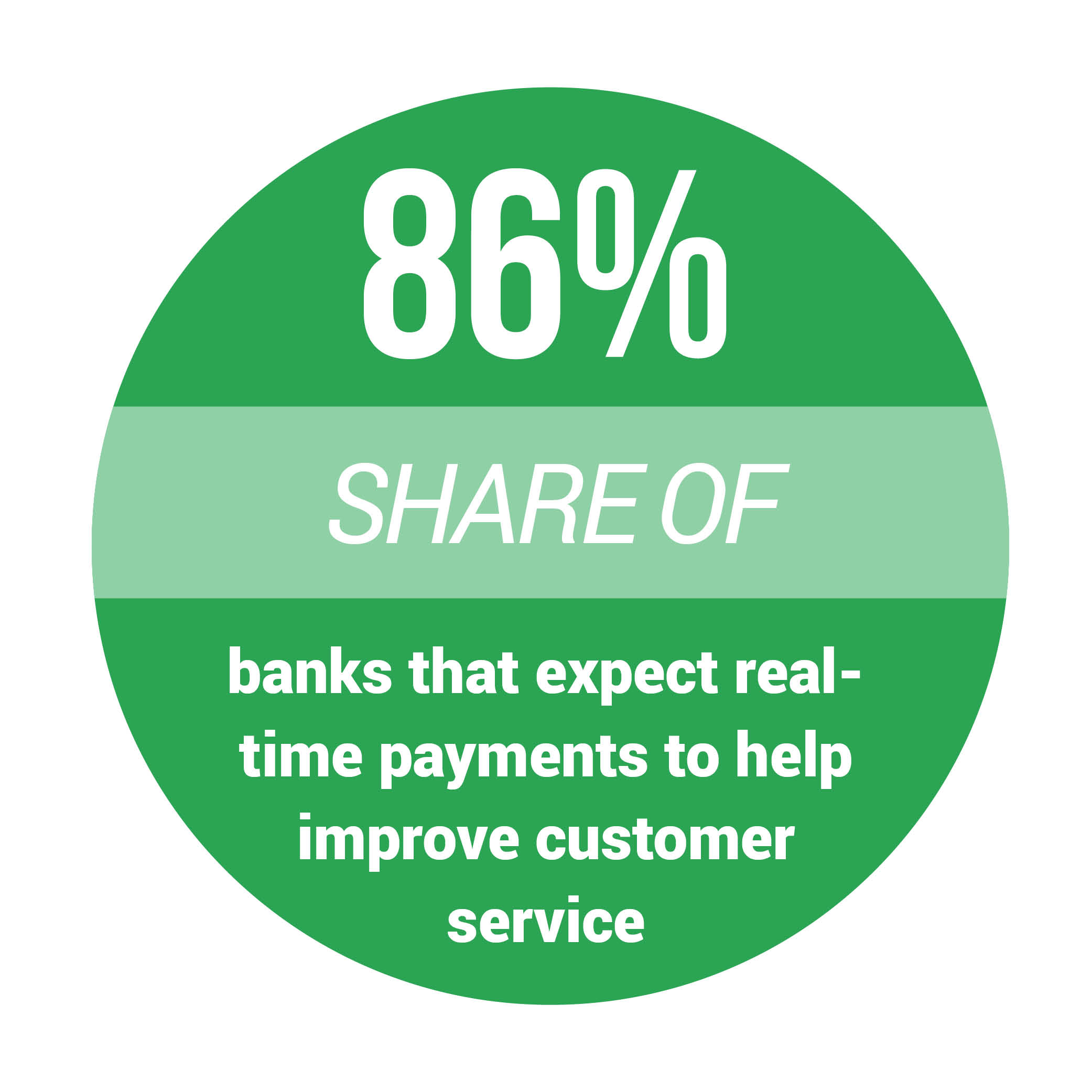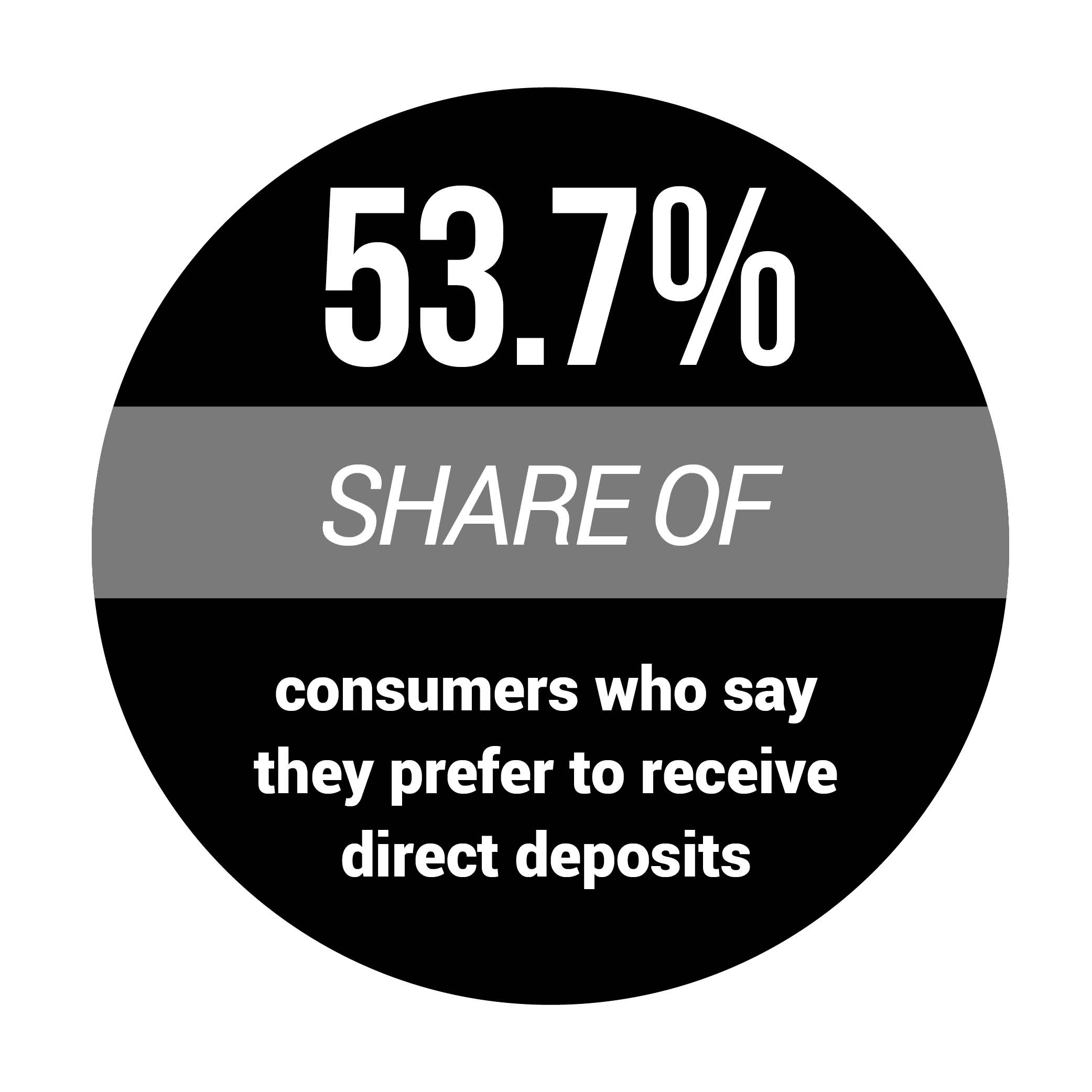TRENDING: Digital Disbursements Plus P2P Lending Reinvent Payday

When payday comes, employees expect to have easy access to their wages. If the money doesn’t arrive on time, relationships can often be frayed, leading to high employee turnover and other problems, all due to that long wait for promised funds to become available.
However, digital disbursement tools may offer a speedier solution. Increasingly, players are turning to new payment methods in hopes of speeding up transactions and easing payroll processing for businesses. In the latest issue of the Disbursements Tracker™, PYMNTS explores the latest news from around the space.
 Around The Disbursements World
Around The Disbursements World
No employer wants to deal with high turnover rates due to payroll issues, which often burn both time and money. That’s a problem that payroll solution providers are seeking to resolve by offering faster disbursement solutions.
Payroll and human resources solutions firm Gusto, for one, recently announced the rollout of its new solution, Flexible Pay, which enables employees to choose when they want to receive compensation and addresses the pain points associated with the typical two-week payroll schedule.
Gusto, though, is far from the only company looking to change the ways that employees get paid. For example, Earnie, one of the space’s biggest players, offers a solution designed to help companies pay employees reliably and quickly. Other players in the space, including companies like Paycor and Zenefits, also offer solutions that aim to remove the pains that come with paying employees and eliminate delayed wage payments.
To see more on these stories, and the rest of the latest headlines from around the space, check out the Tracker’s News and Trends section.
Deep Dive: Health Insurance
Digital disbursement tools are changing the way consumers file their health insurance claims, and how they make and receive their insurance payments.
But the healthcare space now appears ready for a change, as providers both large and small increasingly embrace new methods of digital disbursements to improve insurance payments. In this month’s Tracker, PYMNTS takes a data-driven deep dive into the quickly shifting health insurance market, which is worth over $3.5 trillion.
How Digital Disbursements Are Changing Low-Dollar Lending
Digital disbursements are also shifting the ways that consumers and companies do business and complete transactions, according to Travis Holoway, founder of short-term lending exchange platform SoLo Funds, particularly when it comes to low-dollar or short-term loans.
In a recent interview with PYMNTS, Holoway explained that, while many consumers turn to payday loans when they need cash to weather financial hardships, these often leave consumers in more dire financial straits. Each year, 12 million Americans take out payday loans, spending a total of $9 billion on loan fees annually. Digital disbursements, however, are proving to be a valuable alternative to payday loans and other legacy lending options.
In addition, Holoway discussed the need to replace FICO scores and other legacy lending risk evaluations, which do not accurately reflect financial health in the digital age. To that end, he said, the company has begun relying on indicators, such as cash flow and a combination of behavioral and social data, to evaluate the riskiness of short-term loans.
“Mortgage history is no longer useful,” Holoway said. “Car loan or payment history is no longer useful because people are sharing bikes and scooters right out on the street, and taking Uber and Lyft. They’re not even using credit cards in the way that prior generations have.”
Download the Tracker to read the full feature story.
About The Tracker
The Disbursements Tracker™, powered by Ingo Money, is your go-to resource for staying up to date on a month-by-month basis on the trends and changes in the digital disbursement space.
